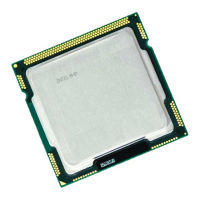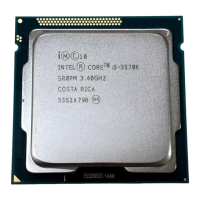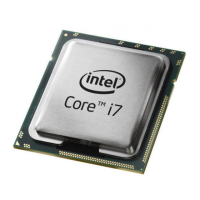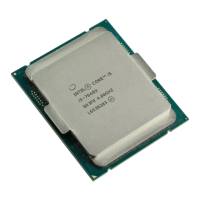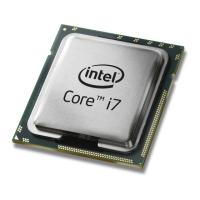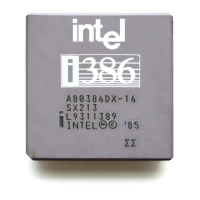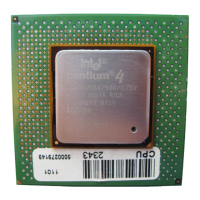Energy Efficient Ethernet
The Energy Efficient Ethernet (EEE) feature allows a capable device to enter Low Power Idle between bursts
of network traffic. Both ends of a link must have EEE enabled for any power to be saved. Both ends of the link
will resume full power when data needs to be transmitted. This transition may introduce a small amount of
network latency.
NOTES:
l Both ends of the EEE link must automatically negotiate link
speed.
l EEE is not supported at 10Mbps.
Intel® Auto Connect Battery Saver
The Intel® Auto Connect Battery Saver (ACBS) feature turns off the adapter when link is down or the network
cable is disconnected. After a timeout period, the adapter will power off. When the network cable is
reconnected and link is restored, the NIC powers up and functionality is fully restored.
ACBS only functions when the system is on battery power. If the power cable is connected, ACBS will be
automatically disabled. If ACBS is active, the adapter will appear to be powered off. If you have Intel®
PROSet installed, on the Link Speed tab, the Link Status will indicate Speed: Not connected. Power off.
NOTE: ACBS will not function on an adapter if the adapter has forced speed or duplex settings.
ACBS will only function if the adapter is set to auto-detect or auto-negotiate.
Intel® System Idle Power Saver
The Intel® System Idle Power Saver feature sets the adapter to negotiate the lowest possible speed setting
when the system and network are idle. When the system activity is detected, the link will be negotiated to a
higher speed.
To support this feature, the adapter must be
l configured to Auto Detect speed and
l connected to a link partner that can auto-negotiate speed
Remote Wake-Up and Wake on LAN*
Microsoft Windows and Windows Server do not support wake from a power-off (S5) state, only from standby
(S3) or hibernate (S4). When shutting down the system, they shutdown ACPI devices, including Intel
adapters. This disarms the adapters remote wake up capability. However, in some ACPI-capable computers,
the BIOS may have a setting that allows you to override the operating system and wake from an S5 state
anyway. If there is no support for wake from S5 state in your BIOS settings, you are limited to Wake From
Standby when using these operating systems.
Wake on Intel® Ready Access
Intel® Ready Access keeps your network connection active when the rest of your system is in sleep or
standby mode, so that content on your system is readily accessible. Requests from other computers will
wake up your computer.

